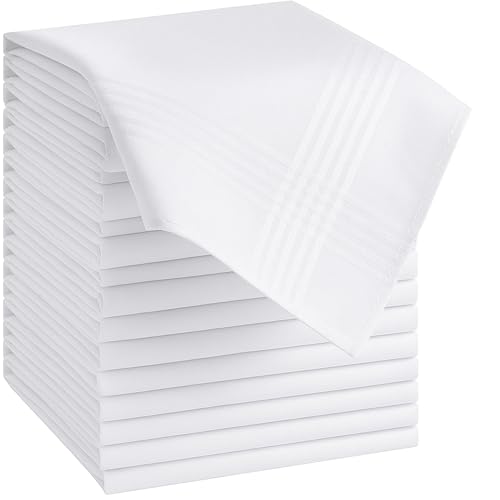Handkerchiefs have been a part of human culture since ancient times, mostly used for hygiene purposes. Over the years, they have evolved as an accessory, fashion statement, and even as a symbol of culture. In some cultures, handkerchiefs hold immense significance and are considered an important part of traditional wear. Let’s explore some of these cultures and their unique handkerchief traditions.
India: The Importance of Hanky in Traditional Attire
In India, handkerchiefs called ‘gamchas’ are an important part of traditional attire in many regions. Gamchas are usually made of cotton and come in bright colors with intricate designs. They are worn around the neck or draped over the shoulders. Apart from their aesthetic appeal, gamchas serve practical purposes like protecting the skin from the harsh sun and acting as a makeshift towel. In some cultures, gamchas are also exchanged as a symbol of friendship.
Japan: Furoshiki – The Wrapping Hanky
Furoshiki is a traditional Japanese handkerchief, used primarily for wrapping and carrying things. Made of cotton or silk, furoshiki comes in various sizes and designs and can be used for wrapping anything from books, wine bottles, gifts, and even as a fashion accessory. They are also environmentally friendly as they help reduce the use of plastic bags and promote reusability. Furoshiki dates back to the Edo period in Japan and have been widely adopted as part of their traditional culture.
Africa: Kanga – The Bold and Vibrant Handkerchief
Kanga is a traditional Swahili handkerchief popular in many African countries like Kenya, Tanzania, and Uganda. It is usually made of cotton and comes in bold, vibrant colors with intricate designs and patterns. Apart from its practical uses like wiping sweat, Kanga is also used as a fashion accessory, worn as a headscarf or wrap skirt. Kanga also holds significance as it bears motivational messages and proverbs printed on it, which serve as a source of cultural connection and inspiration.
USA: Bandanna – The Iconic Western Handkerchief
Bandanna is a square-shaped handkerchief made of cotton, with prints like paisley, floral, and animal patterns. It originated in India and was popularized in the USA during the westward expansion, where it became an iconic symbol of the cowboy culture. Bandannas were often worn around the neck or tied around the head to protect from the dust and provide shade from the sun. Today, bandannas remain a popular fashion accessory and are also used for practical purposes like cleaning, wiping, and even as a makeshift first-aid bandage.
Handkerchiefs hold significant cultural symbolism and traditional value in many regions of the world. Whether as a fashion accessory, practical item, or symbol of cultural identity, handkerchiefs have stood the test of time and continue to be relevant even in the modern world. As we embrace our cultural diversity, let’s acknowledge and appreciate the unique value and significance of these traditional handkerchiefs across various cultures.






